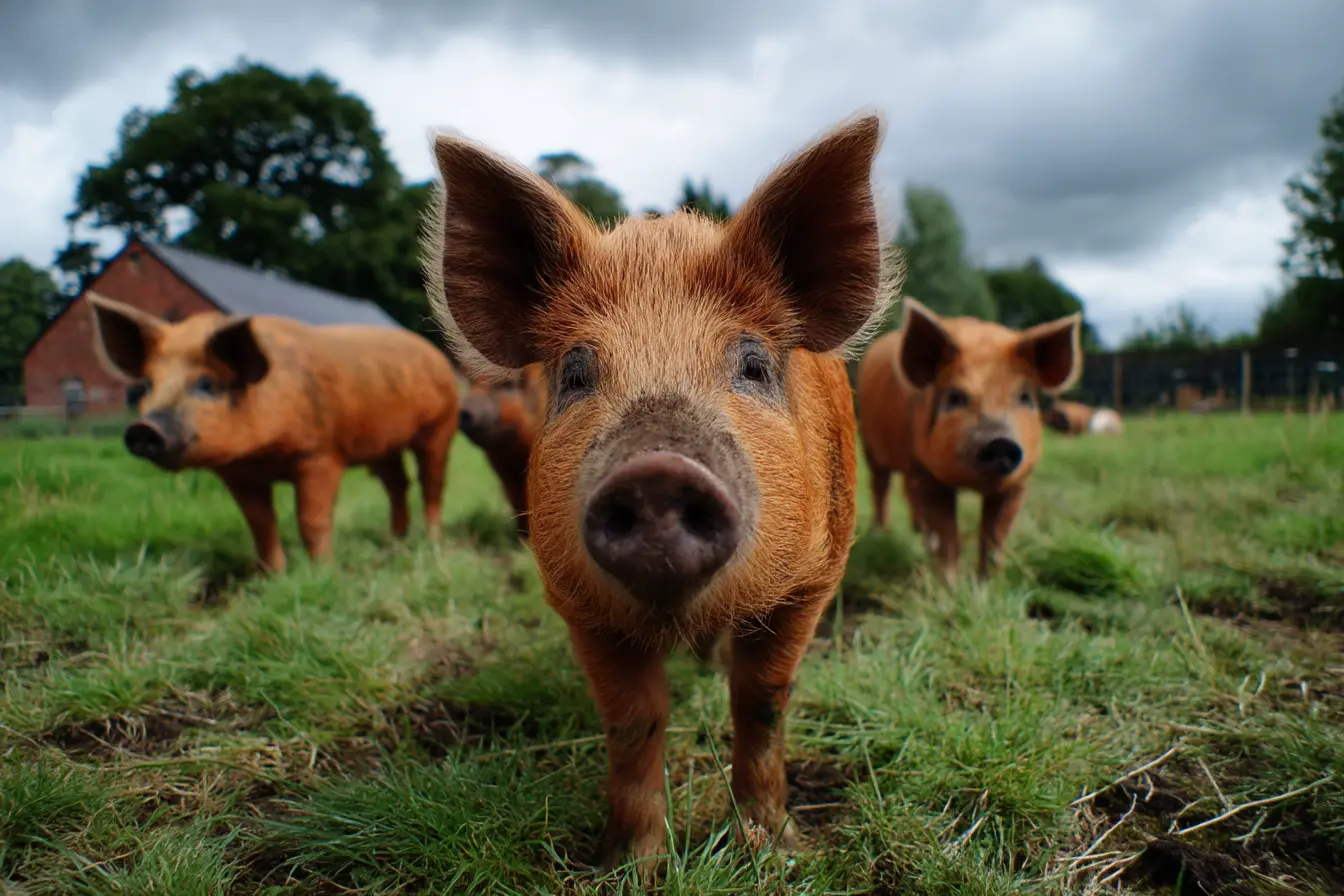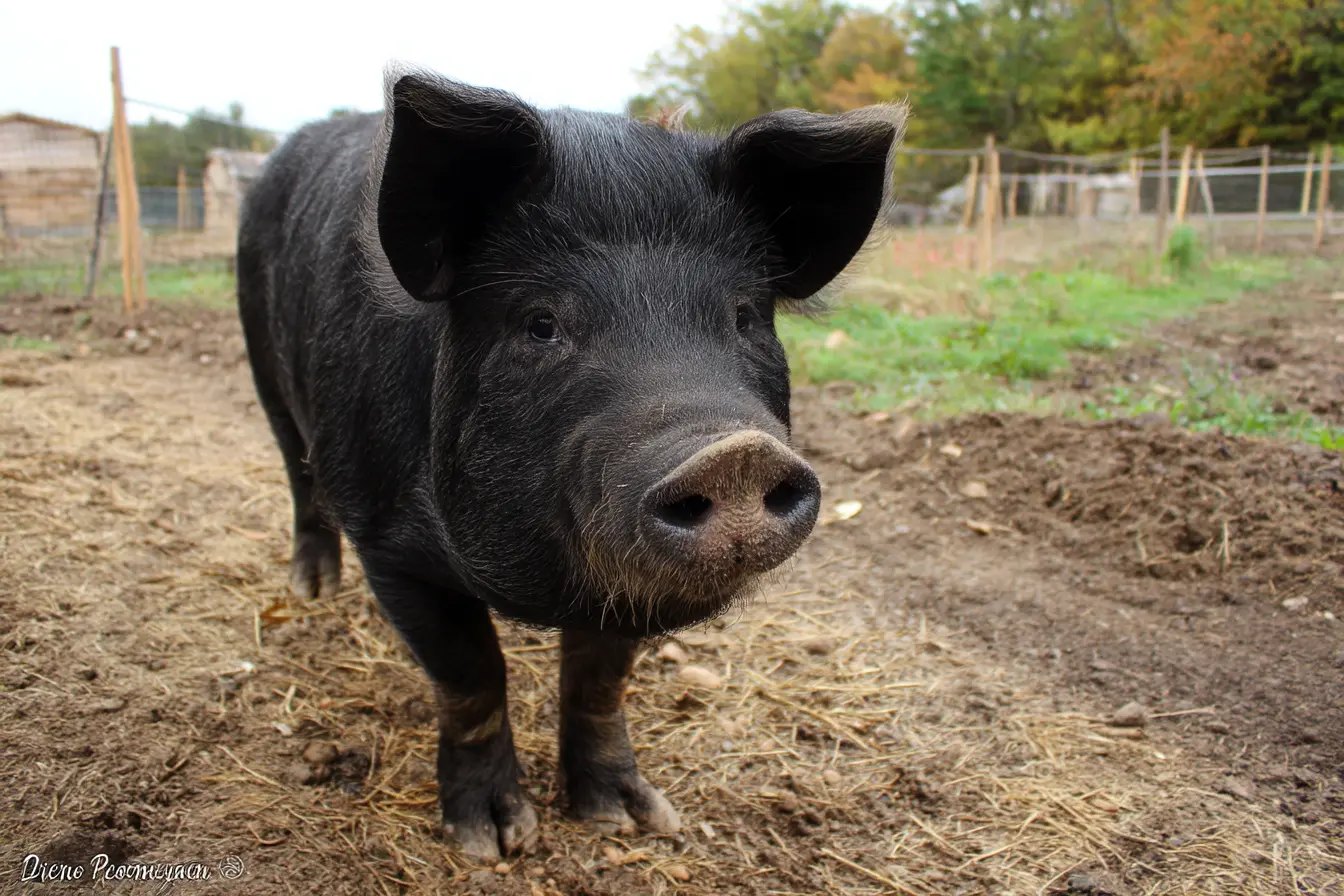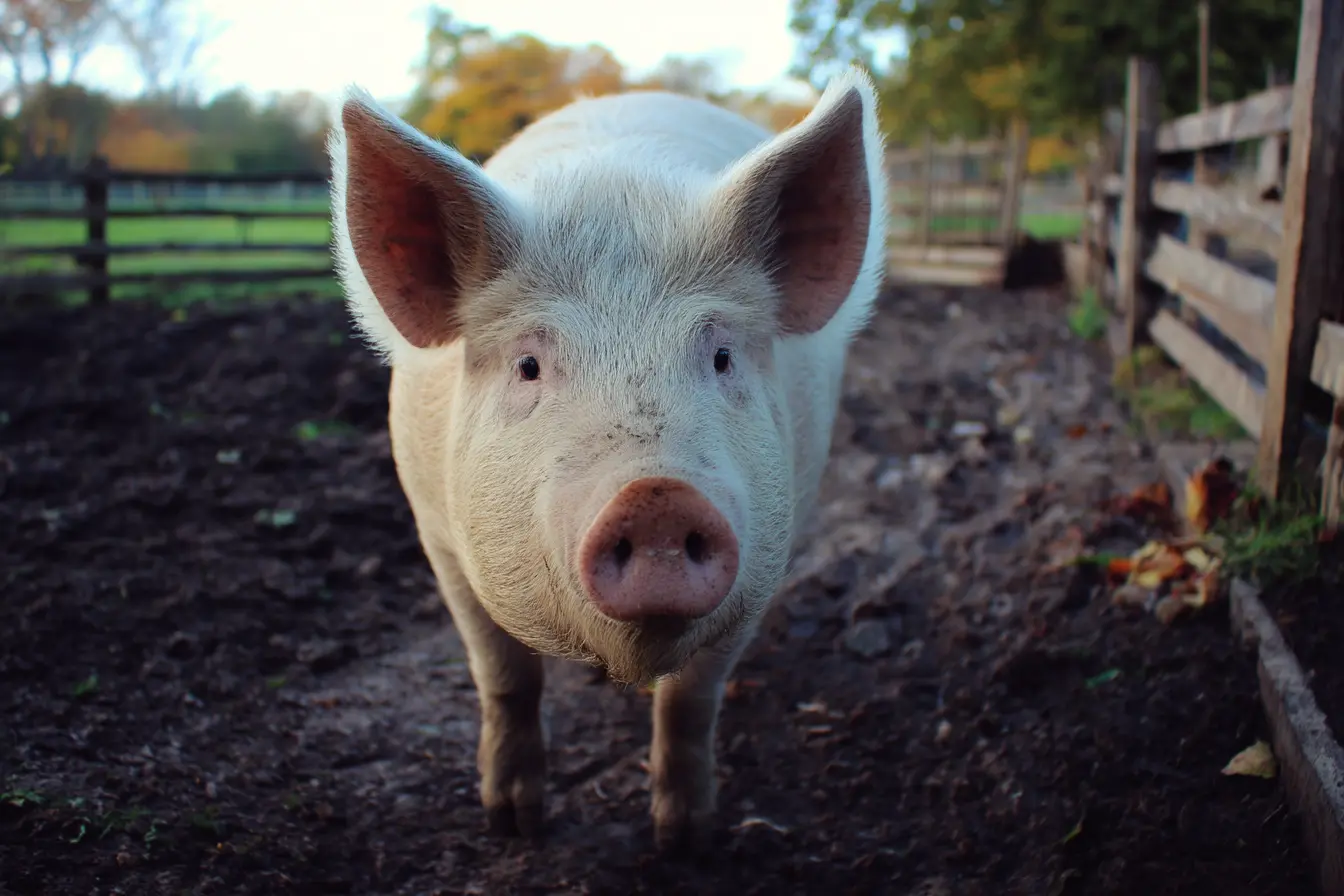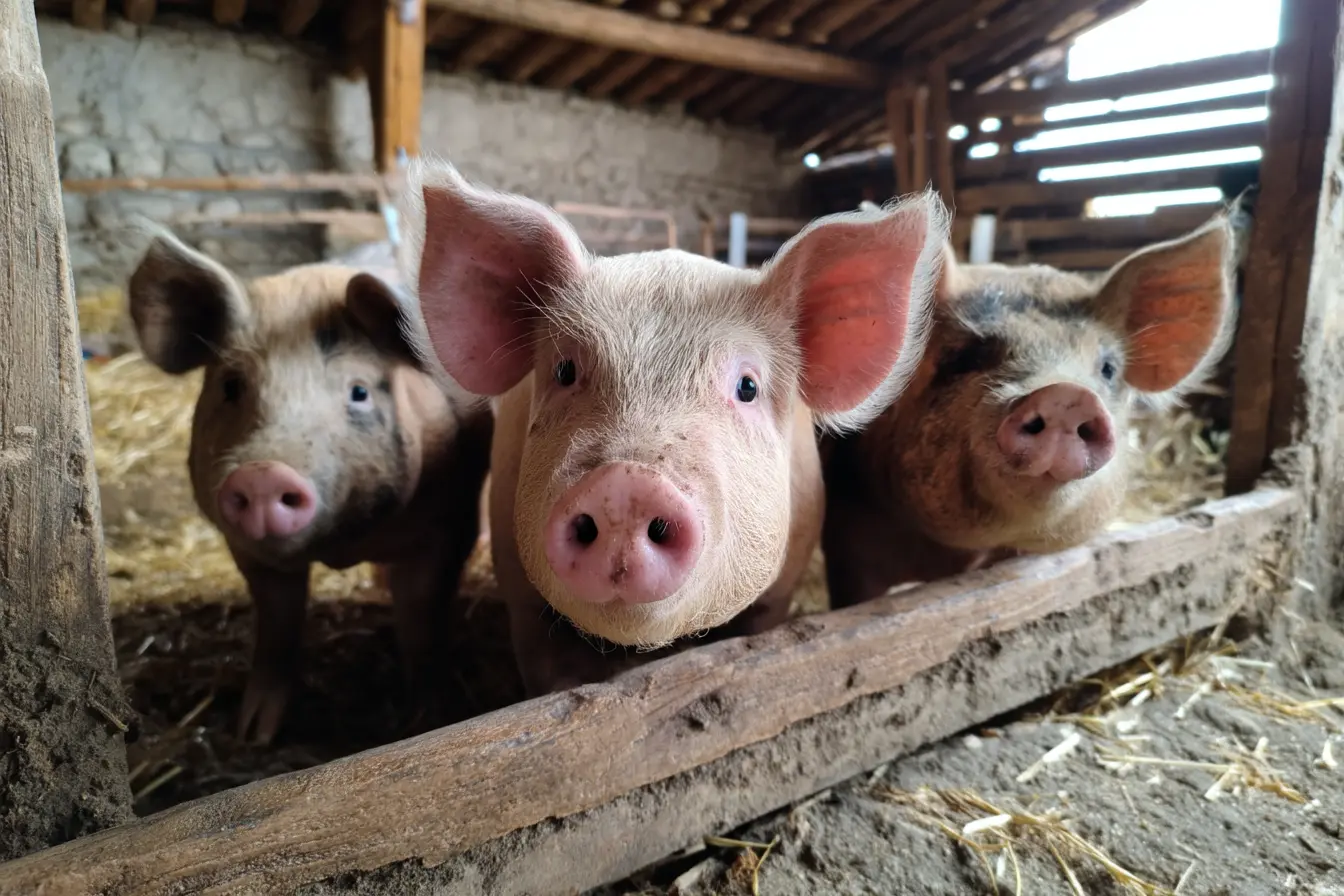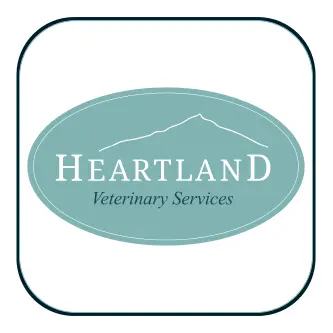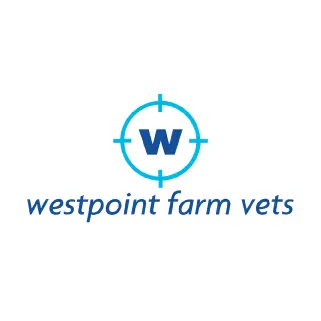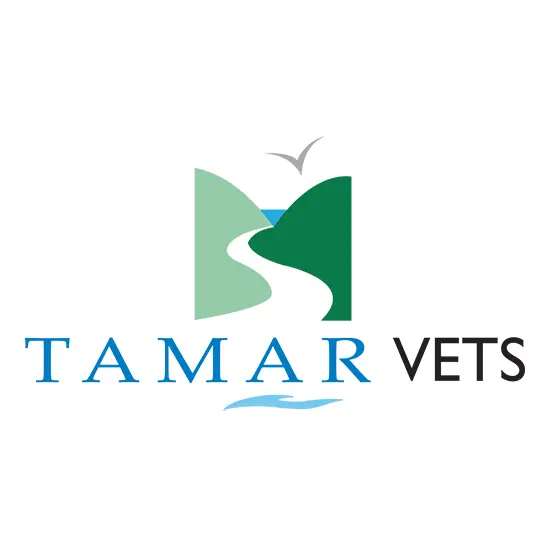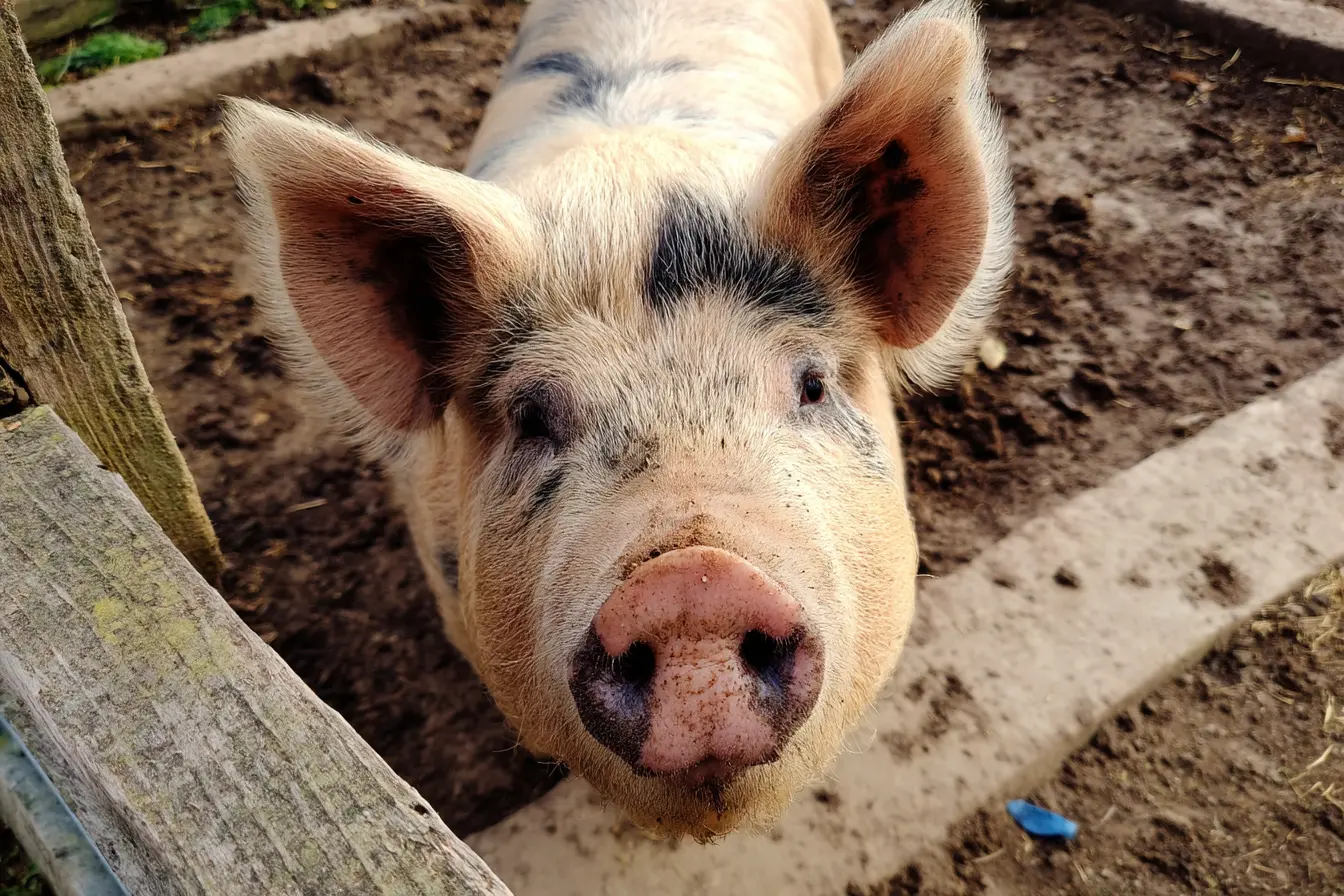
A Complete Guide to Caring for Gloucestershire Old Spots Pigs
Gloucestershire Old Spots (GOS) pigs are one of the UK’s oldest traditional pig breeds, known for their distinctive white coat with black spots, docile temperament, and excellent meat quality. As a rare breed, they are a favourite among smallholders and traditional farmers looking to raise pigs in a sustainable and ethical way.
If you’re considering keeping Gloucestershire Old Spots pigs, this guide will provide you with everything you need to know about caring for this unique breed, including housing, feeding, breeding, and general health care.
A Brief History of Gloucestershire Old Spots Pigs
The Gloucestershire Old Spots breed originated in the Gloucestershire region of England, where they were traditionally kept in orchards and fields to forage for fallen fruit and roots. The breed is believed to date back over 200 years and is sometimes referred to as the "orchard pig" due to its historical role in fruit farms.
By the mid-20th century, the breed's popularity had declined due to the rise of intensive farming systems that favoured faster-growing commercial breeds. However, thanks to conservation efforts, the GOS has made a comeback and is now recognised as a valuable rare breed, known for its premium-quality pork.
Key Characteristics of Gloucestershire Old Spots Pigs
Gloucestershire Old Spots pigs are easily recognisable due to their distinctive appearance and unique traits. Here are some key characteristics of the breed:
- Coat: White with black spots. The number and size of spots can vary, but traditionally the pigs should have no more than one spot per body part.
- Size: Medium to large. Adult boars can weigh up to 350kg, and sows around 270kg.
- Temperament: Known for their docile and friendly nature, making them easy to handle.
- Foraging Ability: Excellent foragers who thrive in outdoor systems.
- Meat Quality: Produces high-quality, marbled pork with exceptional flavour.
Housing for Gloucestershire Old Spots Pigs
Gloucestershire Old Spots are hardy pigs that can thrive in outdoor systems, but they still require appropriate shelter to keep them comfortable and protected from the elements.
Shelter Requirements
- Outdoor Housing: Provide a sturdy, weatherproof shelter, such as a pig ark or hut. The shelter should be well-ventilated, dry, and large enough to accommodate your pigs comfortably.
- Bedding: Use straw or wood shavings as bedding to keep the shelter warm and dry. Regularly clean out the shelter to maintain hygiene.
Fencing
- Secure Fencing: GOS pigs are strong animals and can root under or push through weak fences. Electric fencing or sturdy post-and-rail fencing with mesh is recommended.
- Rotational Grazing: Practice rotational grazing by moving your pigs to fresh pasture regularly to prevent overgrazing and reduce the risk of parasites.
Feeding Gloucestershire Old Spots Pigs
GOS pigs are excellent foragers and can supplement their diet by grazing and rooting. However, they still need a well-balanced diet to ensure they grow properly and stay healthy.
Diet
- Pig Feed: Provide a high-quality pig feed that contains the right balance of protein, fibre, and essential vitamins and minerals.
- Foraging: Allow your pigs to forage on pasture or woodland. This helps reduce feed costs and keeps them mentally stimulated.
- Fruit and Vegetables: You can supplement their diet with fruit, vegetables, and kitchen scraps, but avoid feeding anything toxic or spoiled.
Water
- Ensure your pigs always have access to fresh, clean water. Pigs can drink a significant amount of water daily, especially in warm weather.
Breeding Gloucestershire Old Spots Pigs
GOS pigs are known for their excellent mothering abilities and large litter sizes, making them a good choice for breeding.
Breeding Tips
- Age to Breed: Sows can be bred from around 10-12 months of age, and boars can be used for breeding from 12 months.
- Gestation Period: The gestation period for pigs is approximately 114 days (3 months, 3 weeks, and 3 days).
- Farrowing: Provide a warm, comfortable farrowing area for the sow to give birth. GOS sows are attentive mothers and typically produce healthy, vigorous piglets.
Health Care for Gloucestershire Old Spots Pigs
Keeping your GOS pigs healthy is essential for their wellbeing and productivity. Below are some key health care tips to follow:
Vaccinations
Work with your vet to establish a vaccination schedule. Core vaccinations typically include:
- Erysipelas
- Porcine Parvovirus
- Leptospirosis
- Clostridial diseases
Deworming
Pigs should be dewormed regularly to control internal parasites. The frequency of deworming will depend on your specific farm conditions and your vet’s advice.
Common Health Issues
- Sunburn: Despite their black spots, GOS pigs can suffer from sunburn. Ensure they have access to shade and wallows during hot weather.
- Overgrown Tusks: Boars may develop overgrown tusks, which can cause injury. Regular tusk trimming may be required.
- Foot Care: Regularly check their hooves for signs of overgrowth or injury.
Behaviour and Handling
GOS pigs are known for their calm and friendly temperament, making them relatively easy to handle compared to other breeds.
- Calm Approach: Approach your pigs calmly and avoid sudden movements or loud noises that may startle them.
- Positive Reinforcement: Use food to build trust and encourage cooperation.
- Training: Pigs are intelligent animals and can be trained to follow basic commands and respond to their names.
Why Choose Gloucestershire Old Spots Pigs?
There are several reasons why Gloucestershire Old Spots pigs are a popular choice among smallholders and farmers:
- Hardy and Low Maintenance: GOS pigs are hardy and can thrive in outdoor systems with minimal intervention.
- Docile and Friendly: Their calm temperament makes them easy to handle, even for beginners.
- High-Quality Meat: GOS pigs produce premium pork with excellent flavour, making them a favourite among butchers and chefs.
- Conservation: Keeping GOS pigs helps preserve this rare breed and contributes to the protection of genetic diversity in livestock.
Final Thoughts
Gloucestershire Old Spots pigs are an excellent choice for new pig owners who want a traditional, low-maintenance breed that produces high-quality meat. By providing proper housing, a balanced diet, and regular health care, you can ensure your GOS pigs thrive and remain healthy.
Always work closely with your vet to establish a health management plan and enjoy the rewarding experience of raising this historic British breed.
Contents
- A Brief History of Gloucestershire Old Spots Pigs
- Key Characteristics of Gloucestershire Old Spots Pigs
- Housing for Gloucestershire Old Spots Pigs
- Feeding Gloucestershire Old Spots Pigs
- Breeding Gloucestershire Old Spots Pigs
- Health Care for Gloucestershire Old Spots Pigs
- Behaviour and Handling
- Why Choose Gloucestershire Old Spots Pigs?
- Final Thoughts
Tags
Vets near you
Speciality vets
- Aquatics vet specialists
- Birds vet specialists
- Camelids vet specialists
- Cats vet specialists
- Cattle vet specialists
- Deer vet specialists
- Dogs vet specialists
- Equines vet specialists
- Exotic vet specialists
- Goats vet specialists
- Pigs vet specialists
- Poultry vet specialists
- Sheep vet specialists
- Small Mammals vet specialists
- Wild vet specialists
